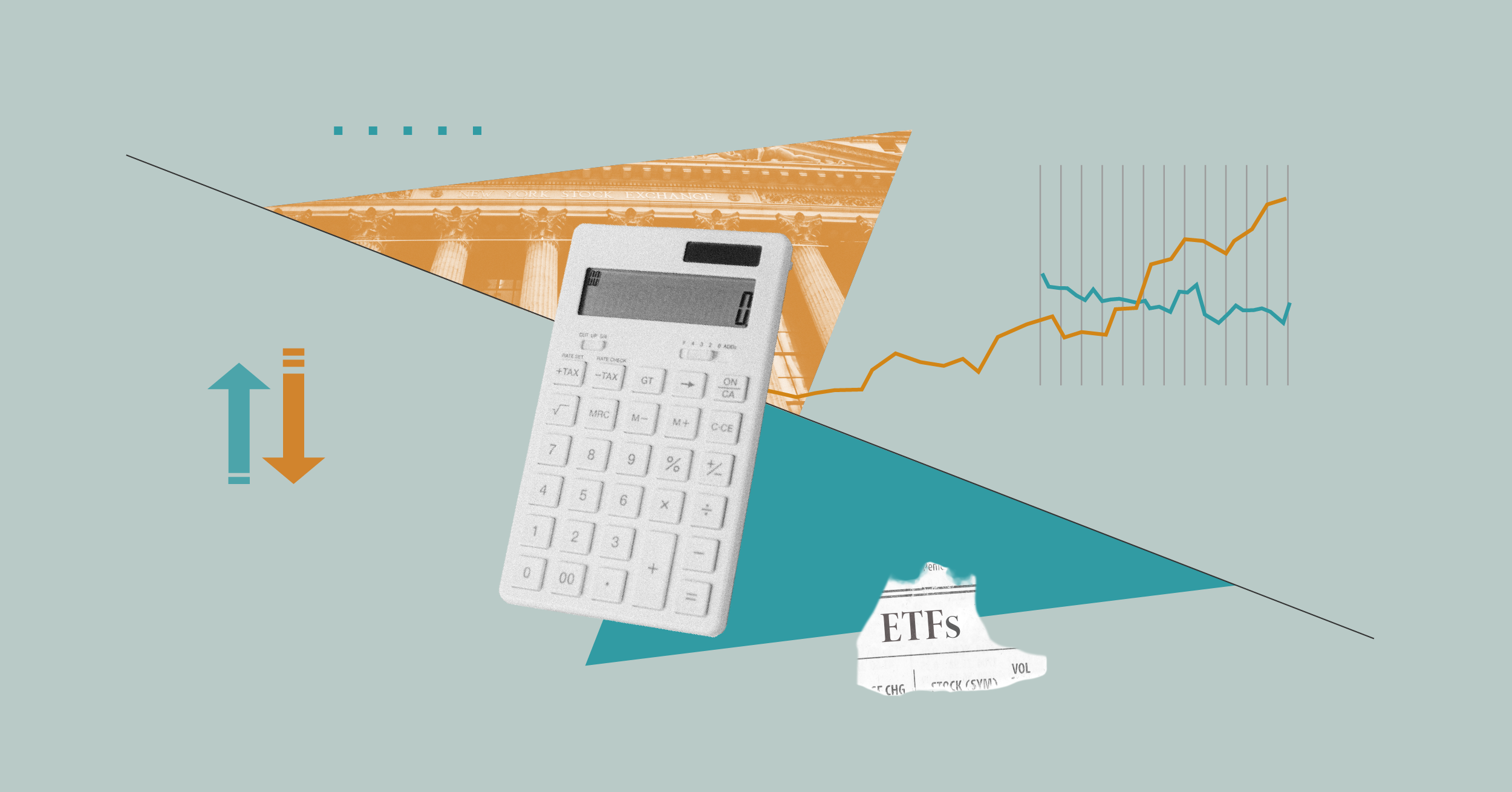
Alexander Selegenev, 45, has had a career in corporate finance and venture capital, so it is not surprising that he is keen to make the most of his own savings.
Selegenev is currently a director of TMT Investments, a venture capital investing company. He says: “The idea of creating value is basically in my blood. Investing becomes not only a hobby or something you must do, in order to save for retirement, but also something you really enjoy.”
Selegenev first forayed into the stock market in the late 1990s.
He says: “At the time I didn’t feel comfortable with individual stock picking, so I used my ISA allowance to start by investing into a couple of equity and bond funds. The timing was a bit unfortunate, as it coincided with the Asian financial crisis.”
Since then he has tended to use his ISA allowance to buy direct equity holdings, while his pension is split between two Standard Life funds, Millennium With Profits and Pension With Profits.
Selegenev says: “These have been producing very respectable returns through a typically diversified portfolio of equities, bonds and property.”
Selegenev says he is happy leaving these pensions assets to grow in these funds, but when it comes to his ISA investment portfolio he is more focused on higher-risk investments.
In order to mitigate risk, he says: “I tend to only invest in companies and sectors I understand. For this reason, I rarely hold more than about 20 stocks in my portfolio.”
His job gives him what he calls a “competitive advantage” when it comes to assessing small-cap tech and internet opportunities that are quoted on AIM.
He adds: “In particular, it helped me avoid a number of overvalued or highly opportunistic IPOs that came to the market in the last couple of years.”
Small Cap Stock Successes
One of his most successful long-term investments to date has been Raven Property Group (RAV). This is a real-estate company, that is listed on the UK market, but is focused on investing and leasing warehouse complexes in Russia.
Selegenev says that there is often a lot of negative sentiment towards Russian companies on the London Stock Exchange, but he believes holdings like this show that those with good fundamentals can deliver decent returns for investors. The company has delivered annualised returns of 10.2% to investors over the past decade.
Selegenev says he regularly trades this stock, selling when valuations rise and buying back in when they fall again. The stock has also generated a dividend yield as high as 9%.
He has also made decent returns buying and holding what he considers to be undervalued companies, including Standard Chartered (STAN).
This bank is listed on the main London Stock Exchange but is primarily focused on delivering banking products and services in Asia, Africa and the Middle East. Its share price has been volatile in more recent years, and Selegenev bought during these dips.
Standard Chartered has delivered annualised returns of 3% to investors over the past three years, but over five years, investors have seen annualised losses of 11%.
The stock has a four star rating from Morningstar equity analysts; the current share price is below analysts’ fair value estimate of £7.40.
Michael Wu, senior equity analyst at Morningstar says: “Standard Chartered’s massive upheaval is starting to bear fruit with improved profitability. The turnaround has been difficult, but we think CEO Bill Winters has the right approach.” Wu adds: “We believe the bank is undervalued and the market is overly concerned about global trade.”
Learning Investment Discipline
Not all of Selegenev’s investments have delivered positive returns. For example, he invested in Peter Hambro Mining a few years ago, which has since been renamed as Petropavlovsk (POG)
He says: “This was a useful lesson in the importance of not trying to catch a falling knife. It also highlighted why it is important to maintain a disciplined approach to portfolio weightings.”
The company’s share price plunged from a high of £4.31 in 2010 to 27.5p by the start of 2014.
Selegenev says other loss-making investments have also reinforced his believe in the importance of only investing in sectors he fully understands.
Despite the market frenzy in the second half of 2017 this disciplined approach meant he did not get into the crypto-trading space. If he had bought then, he says he would have been sitting on quite sizeable losses.
What have been your best fund holdings? Are you looking to make changes to your portfolio? Tell us about your investment successes on Twitter or email editorial@morningstar.co.uk




























